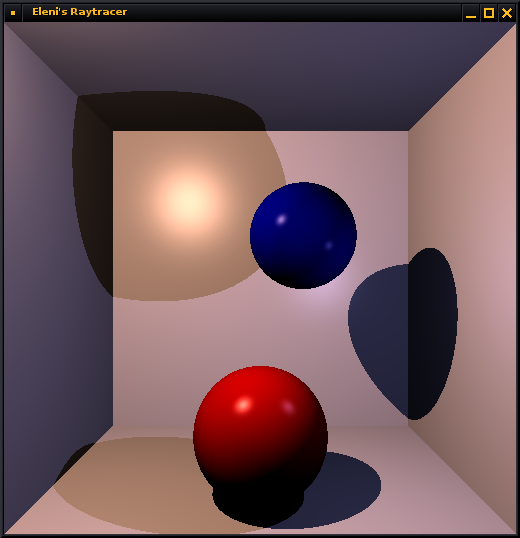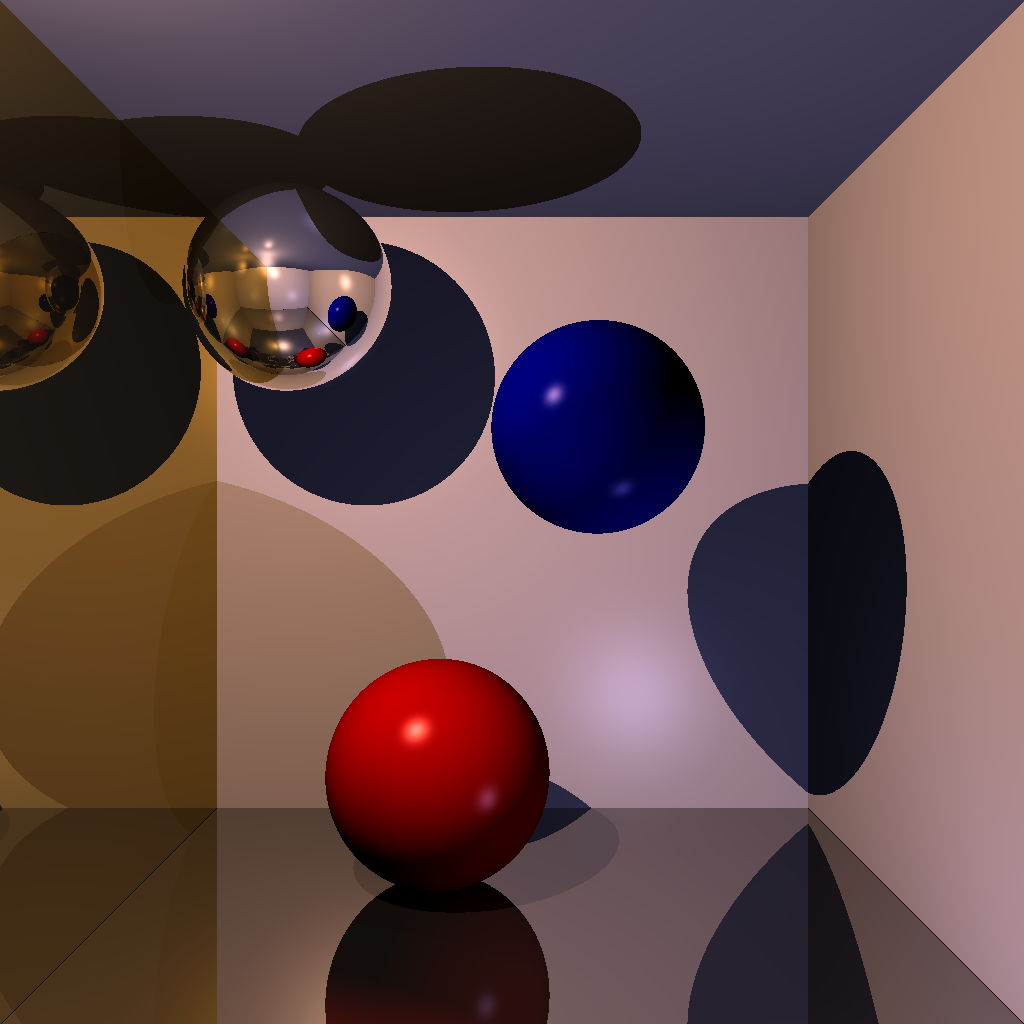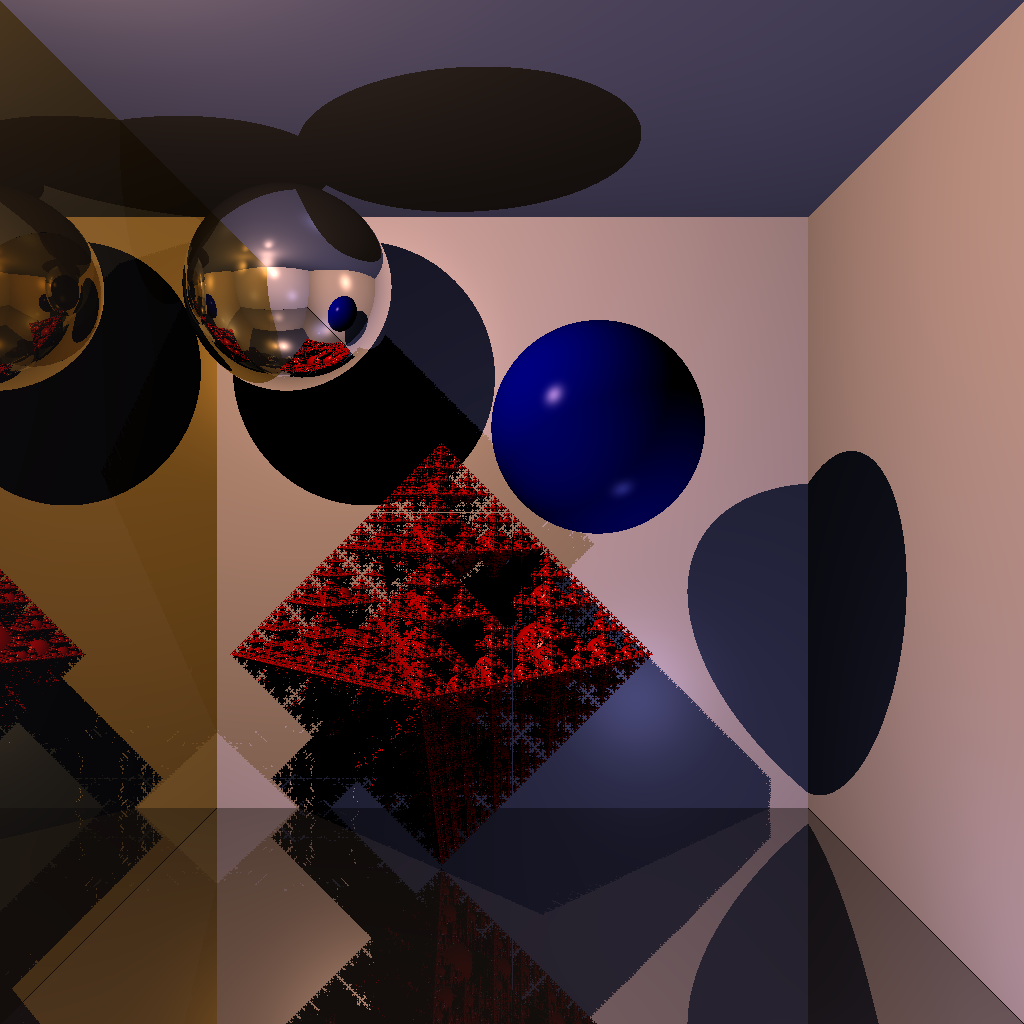Vkrunner is a Vulkan shader testing tool similar to Piglit, written by Neil Roberts. It is mostly used by graphics drivers developers, and was also part of the official Khronos conformance tests suite repository (VK-GL-CTS) for some time [1]. There are already posts [2] about its use but they are all written from a driver developer’s perspective and focus on vkrunner’s debugging capabilities. In this post, I’m going to show you an alternative use I’ve found for it, in order to have fun with pixel shaders during my holidays! 🙂
Tag: graphics
Hair simulation with a mass-spring system (punk’s not dead!)
Hair rendering and simulation can be challenging, especially in real-time. There are many sophisticated algorithms for it (based on particle systems, hair mesh simulation, mass-spring systems and more) that can give very good results. But in this post, I will try to explain a simple and somehow hacky approach I followed in my first attempt to simulate hair (the mohawk hair of the video below) using a mass-spring system.
The code can be found here: https://github.com/hikiko/mohawk
Continue reading Hair simulation with a mass-spring system (punk’s not dead!)
A short OpenGL / SPIRV example.
It’s been a while since Igalia is working on bringing SPIR-V to mesa OpenGL. Alejandro Piñeiro has already given a talk on the status of the ARB_gl_spirv extension development that was very well received at FOSDEM 2018 . Anyone interested in technical information can watch the video recording here: https://youtu.be/wXr8-C51qeU.
A terrain rendering approach (part 1)
There are several methods to create and display a terrain, in real-time. In this post, I will explain the approach I followed on the demo I’m writing for my work at Igalia. Some work is still in progress.
Debugging graphics code using replacement shaders (Linux, Mesa)
Sometimes, when working with the mesa drivers, modifying or replacing a shader might be extremely useful for debugging. Mesa allows users to replace their shaders at runtime without having to change the original code by providing these environment variables:
Continue reading Debugging graphics code using replacement shaders (Linux, Mesa)
Creating cube map images from HDR panoramas on GNU/Linux
As part of my work for Igalia I wanted to do some environment mapping. I was able to find plenty of high quality .hdr images online but I couldn’t find any (OSS) tool to convert them to cubemap images. Then, Nuclear (John Tsiombikas) gave me the solution: he wrote a minimal tool that does the job quickly and produces high quality cube maps.
So, here’s a short “how to” create cubemaps on Linux using his “cubemapper” program in combination with other OSS tools:
Continue reading Creating cube map images from HDR panoramas on GNU/Linux
Morphing test
So far, I hadn’t try to morph 3D objects to other 3D objects and I thought it’s something tricky to do. Today, I realized how simple and easy it is when I wrote this small test:
If you carefully choose the 3D models to have the same number of polygons, and to meet a few topological requirements, then you only need to interpolate the values of the meshes’ vectors, normals (and materials, textures, whatever you need) and draw the intermediate mesh every time. As interpolation parameter you can choose the values of a positive function that varies from 0 to 1 and backwards (I used (sin(msecs/factor) + 1)/2) to have that continuously changing effect. And that’s all!
The test is here: https://bitbucket.org/eleni-hikiko/morphing and it includes an obj with a scene with 3 meshes that meet the morphing requirements (I only used the first two meshes here).
Ray tracer using axis aligned bounding boxes!
The first ray tracer I wrote (in C++, using SDL to display the pixels). Screenshots:



Code: svn://quasar.dnsalias.com/eleni/ray_tracer